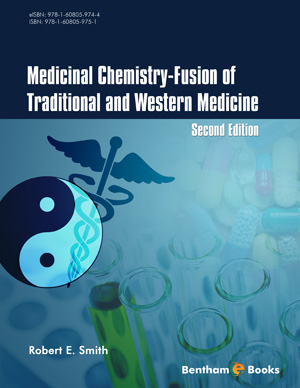Abstract
Biotechnology is the use of technology to study biology and develop new drugs. For example, genetic engineering tools were used to solve the human genome and may lead to the production of new types of bacteria, algae and other life forms that will make many of the products that are now made from fossil fuels. Pieces of DNA can be cut from chromosomes using restriction endonucleases and other forms of genome editing. Clustered, regularly interspaced, short palindromic repeats, abbreviated as CRISPRs are especially useful. The pieces of DNA are inserted into vectors made from viruses or artificial chromosomes to make recombinant DNA. They are inserted into bacteria where enough copies of them are made to enable DNA sequencing. Biotechnologies can be used to determine the genome and proteome of cells. Also, instead of making prescription drugs from small molecules by chemical synthesis or purification from natural sources, some of them can be made using biotechnologies. That is, genetic engineering can be used to insert (recombine) the gene that codes for them or the enzymes needed to biosynthesize them into vectors. The vectors can be inserted into bacteria, yeasts, plants and animals. Also, larger therapeutic molecules can be made. This can include antibodies, DNA, RNA and even whole cells. Antibiotics, vitamins, vaccines and natural products can also be made. Not only genes, but also smaller pieces of single-stranded DNA or RNA oligonucleotides (5-40 kDa) called aptamers can be used therapeutically [1]. Also, catalytic ribozymes, small interfering RNA (siRNA), RNA aptamers, short hairpin RNA (shRNA), bifunctional shRNA and microRNA can be used to knock down specific proteins [2]. Finally, whole cells can be used therapeutically. This includes immune cells, glial progenitor cells, embryonic stem cells, vaccines and even fecal transplants.
Keywords: Biotechnology, monoclonal antibodies, gene therapy, siRNA, cell therapy.






















